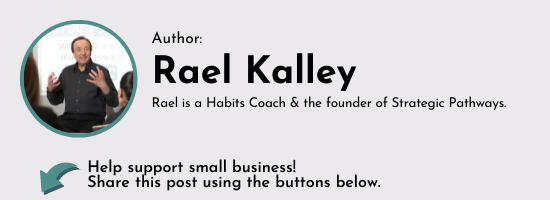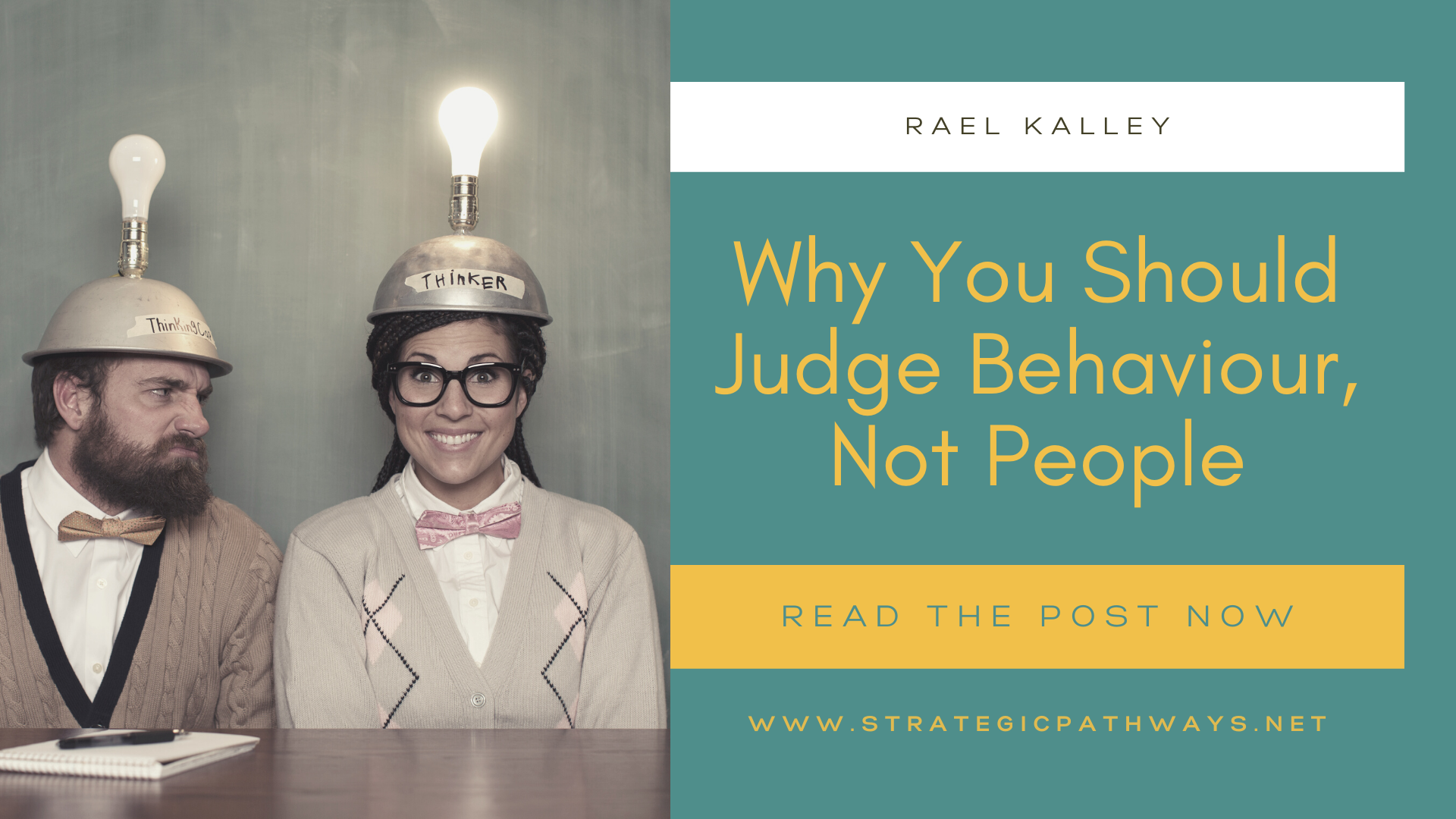Most of us strive to be non-judgemental. I like to refine this advice a bit and suggest we judge behaviour, not people.
I recently met with a newly appointed manager who contacted me to discuss concerns he had with several direct reports.
Naturally, having sat through more than 6 billion such meetings, I assumed he would arrive and promptly explain his frustration with his employees by using the usual judgements to describe their errant performance.
He would tell me that they “don’t listen,” they are “irresponsible and lazy,” and that they suffer from a “poor attitude.” And could I please help him “fix” them?
Judge Behaviour, Not People
Instead, I was treated to a refreshingly rare behavioural description of each, along with behaviour-specific examples.
Boy, what a treat to be presented with objective and useful information, without the usual accompanying labels we have been discussing these past few weeks.
What many leaders don’t realize is the judgements we place on others have huge impacts on us, as they tend to place narrow boundaries around our own behaviour in the presence of those we have judged, in order that we may find evidence to further validate the accuracy of our judgements.
In placing so much of our focus on finding that evidence, we develop blind spots that prevent us from even considering other possibilities. This in turn makes us uncomfortable, which makes us less insightful and creative when it comes to finding solutions.
It’s Called Cognitive Dissonance
This is called cognitive dissonance. Cognitive dissonance is that strange, uncomfortable feeling we get when we try and hold two conflicting thoughts in our minds at the same time.
You know, like when we fake sincerity as we’re trying to say nice things about our political opponents, our ex, or our mother-in-law.
So to avoid this feeling, we make justifications to ourselves. Labelling is one way of justifying the belief we are trying to hold, in the face of objections or evidence to the contrary.
Make a Plan Without Judging
Back to the new manager and his employee concerns. He did a masterful job of articulating the precise behaviours that were causing concern. Not a word of judgement passed his lips.
He also provided a detailed description of what the expected behaviours needed to be.
We discussed the possible causes of the poor performance, and worked on a plan to meet with each of these folks.
He made a plan to point out the behaviours they were displaying, the results those behaviours were producing, and explain the preferred behaviours. He would then close the discussion with asking for an agreement that the employee change their behaviour.
A terrific model with the goal to judge behaviour, not people. Behaviours are directly tied to results in the workplace.
When we judge others, we place ourselves in the unenviable position of needing to validate that judgement, of needing to be right.
(Click to Tweet)
In doing so, we reduce the options available for how best to interact with people we’re in conflict with.
Put Down the Straw
It’s like staring at a beautiful painting through a drinking straw.
We only see a tiny piece of the painting, even though it’s right in front of us. Our opinion of the painting is informed only by the tiny section we can see.
The solution is put down the straw and take in the magnificence of the whole piece.
Do you sincerely want to learn to appreciate the beauty of the world and all the people who inhabit it? It’s easy. Put down the straw.
Till we read again.


